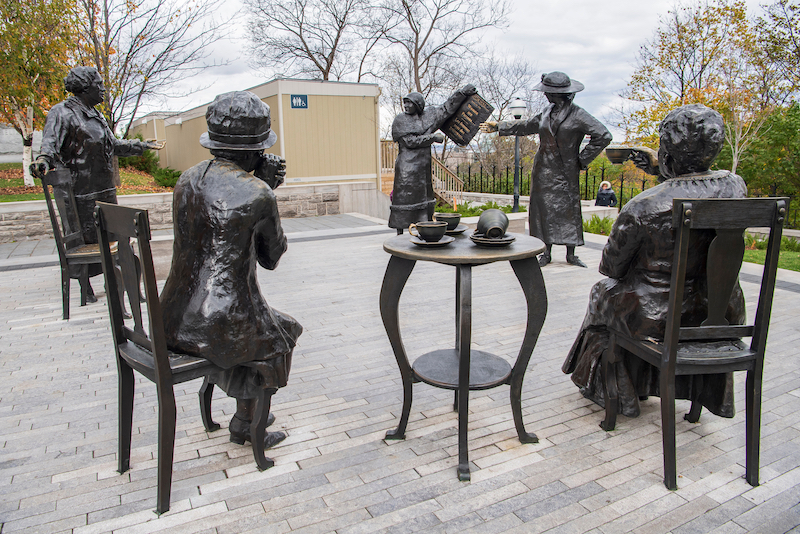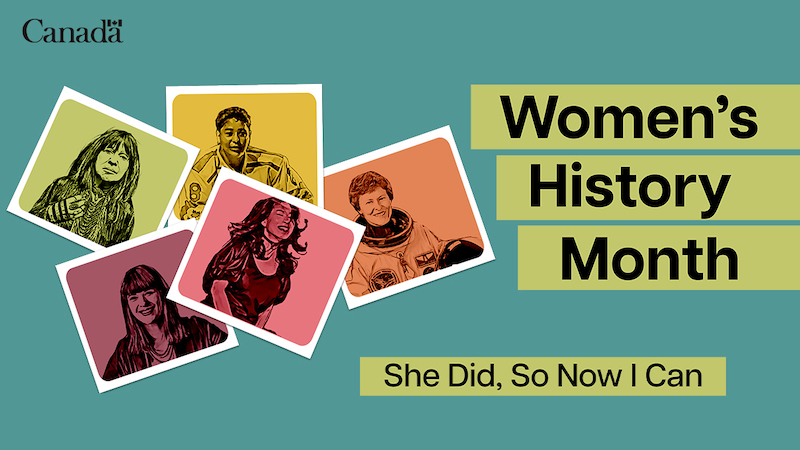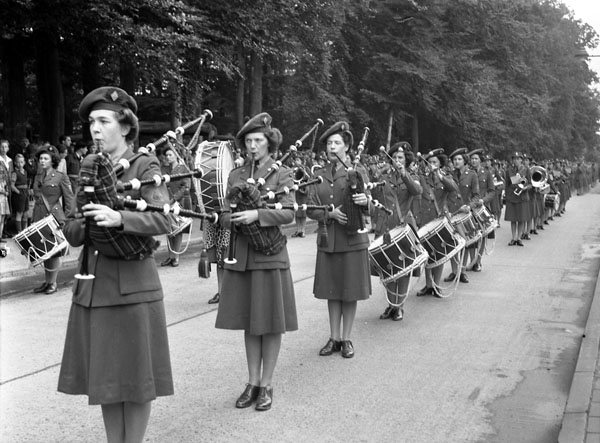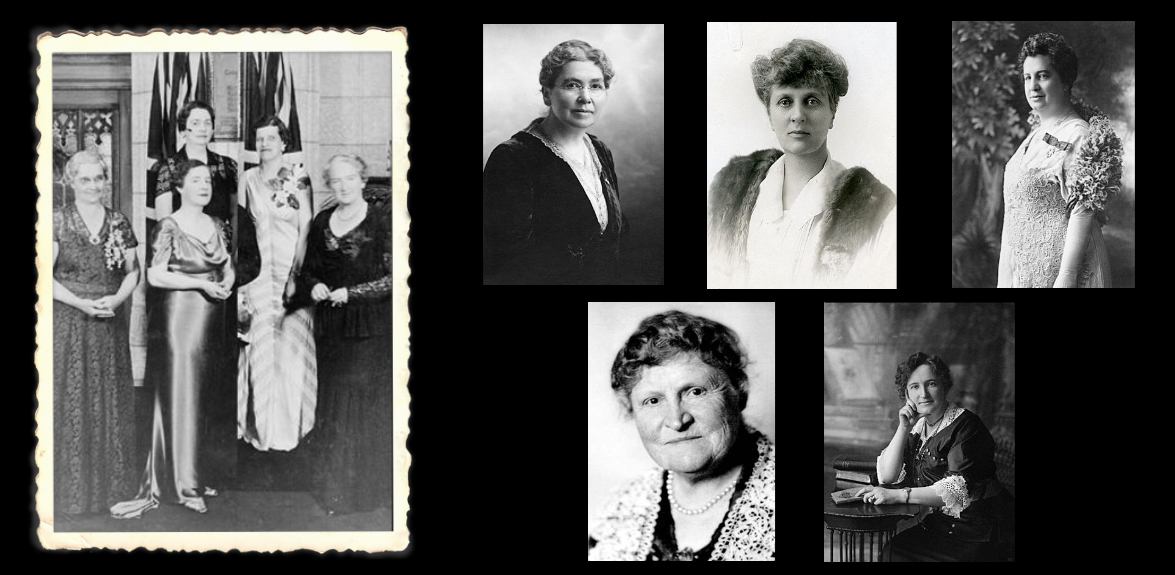Events
Remembering the Famous Five During Women’s History Month
Commemorating the famous “Persons Case,” which gave women the status of “persons” in society, October is celebrated as Women’s History Month.
The Famous Five: Irene Parlby, Louise McKinney, Nellie McClung, Emily Murphy, and Henrietta Muir Edwards, all from Alberta, were prominent Canadian suffragists that advocated for women and children. They fought for political equality, leading to the decision that women be acknowledged as “persons” so they could serve as senators.
On August 27, 1927, the women sent a petition to the Governor General of Canada, requesting the government ask the Supreme Court if power was vested in the governor general and the prime minister, or both, to appoint women to the Senate of Canada, and if it was constitutionally possible to make provisions that would allow for women to be appointed.
In response to the petition, the Canadian government referred the following question to the Supreme Court: “Does the word ‘Persons’ in section 24 of the British North America Act, 1867, include female persons?”

At the time, most Canadian women had the vote in federal elections and all provinces except Quebec. The petition was part of a larger drive for political equality. On April 24, 1928, the Supreme Court held that women were not “qualified persons.”
Following the ruling, the Famous Five brought the case before the highest court in the British Empire to appeal the 1928 decision. The five women then appealed the decision of the Supreme Court to the Judicial Committee of the Privy Council. On 18 October 1929, the committee allowed their appeal and overturned the Supreme Court decision. The case would be noted historically as the first wave of feminism in Canada.

Women’s History Month
In 1992, 63 years later, the first Women’s History Month was celebrated. This year marks the 30th anniversary, and Canadians are invited to recognize the month under the theme She Did, So Now I Can. The theme celebrates women who worked hard to fight for their equality and continues to celebrate women who take up this important work.
“This year’s theme – She did, so now I can – honours women trailblazers who raised their voices as agents of change in fields where they were under-represented, including the arts, education, and politics, and paved the way for future generations of women and girls to succeed. From women like Rosemary Brown, the first Black woman in Canada to sit in a provincial legislature, who inspired more women to pursue politics, to Sheila Watt-Cloutier, a Nobel Peace Prize nominee and Inuk activist, who identified the link between climate change and human rights, Canada is a better place because of the hard work and determination of these trailblazers,” said Prime Minister Justin Trudeau in a statement on Women’s History Month.

She Did, So Now I Can
This year’s theme focuses on the incredible achievements women have made in the last several decades alone to improve the lives of Canadian women. The hope is that remembering the women who have passed can continue to inspire generations of women.
“We have made a lot of progress since the first Women’s History Month 30 years ago. Thanks to the hard work of activists and feminist movements, women in Canada have the right to choose, paid parental leave, and – in federally regulated workplaces – the right to be paid the same as their counterparts. Earlier this year, the employment rate of women aged 25-54 reached a record high, which is spurring economic growth across the country,” said Trudeau in his statement.
Trudeau also mentioned, however, that there is still a great deal of work in accomplishing true gender equality.
“We must continue to break down systemic barriers for women. That’s why the Government of Canada is delivering on our promise to build a Canada-wide Early Learning and Child Care system, which is helping reduce costs for regulated child care this year and will achieve $10-a-day child care on average from coast to coast to coast in the coming years,” said Trudeau.
Workplace Equality
Despite the strides made in women’s equality, there is still work to do, especially in the workplace.
“This October, I encourage you to do a gender-based analysis of your workplace. This encompasses both identifying and supporting equality opportunities for the advancement of women in your workplace. Let us be active participants in continuing to live the equality principles that are pillars of our great union,” said Paul R. Meinema, National President United Food and Commercial Workers union.
What You Can do to Celebrate
There are many ways you and your family can actively celebrate Women’s History Month. Explore the history and stories of women who have paved the way for gender equality and share them with your loved ones, friends, and family.
Other ways to celebrate the month include:
-
- Supporting a women’s organization.
- Creating awareness on social media.
- Supporting businesses owned by women.
- Hosting an event at your house to highlight the month.
Additionally, throughout October, Canadians are encouraged to use the #WomensHistoryMonth and follow Women and Gender Equality and Youth on social media to learn more.
To learn more about the Canadian women who were trailblazers in their fields, click here.













